5 Ways Pok\u00e9mon NFTs Are Finding the Metaverse
By Gerelyn Terzo, Wealth of Geeks
One of the most popular use cases for non-fungible tokens (NFTs) minted on the blockchain is gaming. And while Pokémon might be one of the older video games still around, with Red and Green emerging on Nintendo Game Boy in the mid-nineties, the brand has become an early mover into the metaverse, a virtual world where NFTs feel right at home.
Another primary use case for NFTs is collecting, something Pokémon fans know something about. The two-pronged model of gaming and cards has made Pokémon an ideal candidate for NFTs, and it seems that the blockchain community is already on it.
As Pokémon fans everywhere celebrate Pokémon Day, we decided it was an excellent time to explore some of the ways that this hit gaming and collecting franchise has made its way onto the blockchain and into the metaverse.
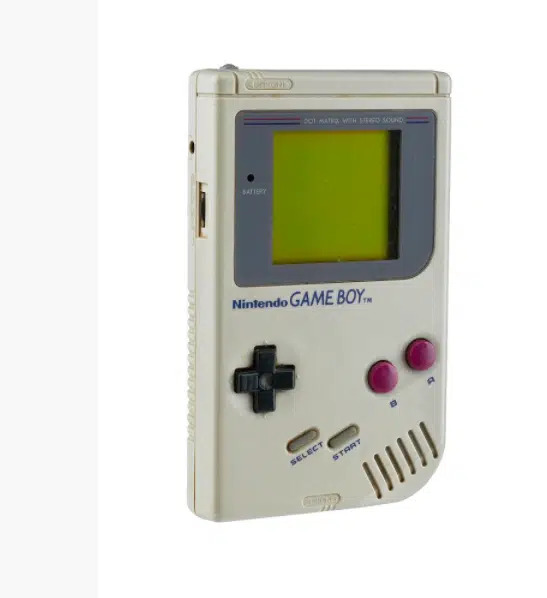 Source: Smithsonian/National Museum of American History
Source: Smithsonian/National Museum of American History
No. 1: Pokémon NFT Game
The Pokémon NFT Game, a play-to-earn crypto game, has been reaching critical milestones on its roadmap lately. With tens of thousands of followers on Twitter, the Pokémon NFT Game was built on the Binance Smart Chain blockchain, which is famous for NFTs and boasts low transaction fees.
Players compete in battles with NFTs, each one of which has a unique set of skills, a “pumping system, and evolution,” according to a description. The idea is to choose a starting set of Pokémon “from the original franchise,” which will determine a player’s success over their rivals. Players will encounter dangers in the virtual world and will have to fight.
The team behind the game has inked partnerships with some of the most high-profile projects in the blockchain industry, including Axie Infinity, an NFT game inspired by Pokémon, decentralized exchange (DEX) PancakeSwap, crypto market data site CoinGecko, leading cryptocurrency exchange Binance, and Trust Wallet, a crypto wallet. The game, which can be downloaded on the Pokemon-nft.io website, has been offering tournaments and airdrops (aka free tokens) to attract users inside and outside of the blockchain space.
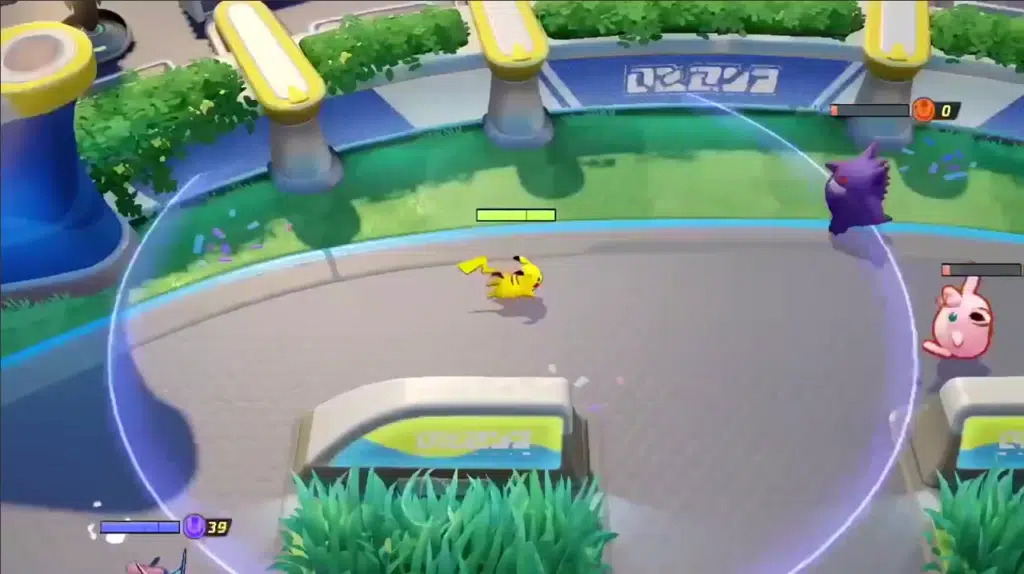 Source: Pokémon NFT Game/Telegram
Source: Pokémon NFT Game/Telegram
The strategy seems to be working. Players have been plunking down cold hard cash, in some cases hundreds of dollars in BNB tokens, for Pokémon Game NFTs. In the below illustration, a user spent 2.3 BNB, worth over $866, to satisfy their Pokémon NFT fix.
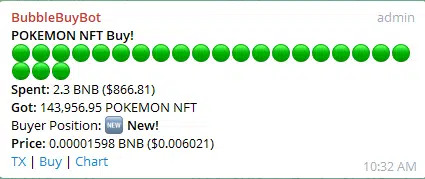 Source: Pokémon NFT Game/Telegram
Source: Pokémon NFT Game/Telegram
Here’s a pik-at some Pokémon NFTs:
 Source: pokemon-nft.io/
Source: pokemon-nft.io/
The Pokémon NFT Game reached several critical milestones in February, culminating in a tournament in which the tally for the prizes was $40,000 USDT in crypto. The awards also include a trio of premium Pokémon accounts.
While the tournament may have ended on Feb. 25, it appears that it was only the beginning of the festivities. On Feb. 26, the project launched a Marketplace where players could swap their Pokémon characters with one another.
More is to come, including the unveiling of Stacking NFT Cards, a feature that will grant users Pokémon NFT tokens, set to make its debut on Monday, Feb. 28. The Pokémon NFT Game has published an audit performed on its blockchain-fueled smart contracts to give users confidence in using its platform.
No. 2: Kryptomon
Kryptomon is a pay-to-earn cryptocurrency game on the blockchain that represents the intersection of Pokémon, Tamagotchi, and digital pets known as CryptoKitties. Kryptomons are virtual living NFTs created by digital genes and minted on the Binance Smart Chain blockchain. Players breed their creatures, comics, and game lure with real-time moon events.
The backdrop for the game is in the metaverse, and players participate as trainers, breeders, and caretakers of their monster NFTs, which do the fighting and earning. Each player’s Kryptomon NFT is unique and secured on the blockchain. The project has also created a KMON currency traded on DEX PancakeSwap. KMON can be staked in exchange for lottery tickets. Staking is how token holders commit their coins to a pool for some time to provide liquidity to the community.
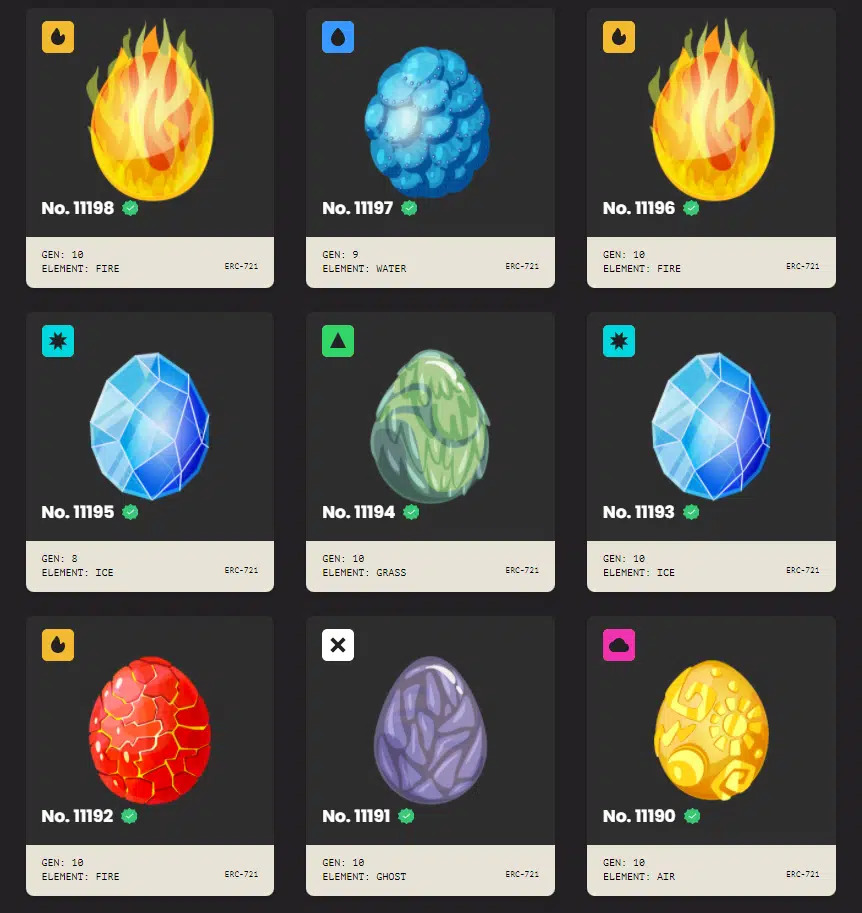 Source: kryptomon.co/
Source: kryptomon.co/
The Kryptomon community has already grown to over 350,000 fans.
No. 3: Axie Infinity (Pokémon-inspired)
Axie Infinity is a play-to-earn NFT game on the Ethereum blockchain. While it is not a Pokémon game, the creatures in Axie Infinity, known as Axies, might not be here without their predecessor. The Pokémon franchise inspired Axies and battles in the blockchain game. In addition, the product lead at Axie Infinity, Philip La, is an alum of Pokémon GO, where he served in a similar role for Niantic.
Axie is a hit with many Pokémon fans, not only for the parallels but also because it gives nostalgic gamers an opportunity to go back in time, if only in their minds, and bring play-to-earn games back to the future. Axies are said to be fierce in their ability to “battle, build, and hunt for treasure.” Players can sell and trade their NFTs for a crypto profit. According to market data site Crypto Slam, Axie Infinity NFT sales have crossed the $4 billion threshold over time.
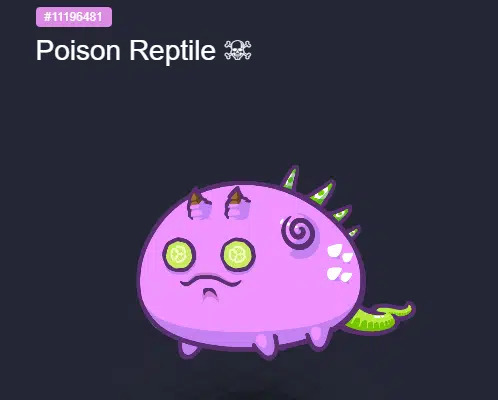 Source: Axie Marketplace
Source: Axie Marketplace
No. 4: The Last Collection
So far, we’ve discussed the Ethereum and Binance Smart Chain blockchains. It’s about time we bring in the Solana blockchain, considering it shares a name with a Pokémon Ranger in the RPG. For its part, the Solana blockchain prides itself on having faster and cheaper transactions vs. Ethereum.
“The Last Collection,” the name for what appears to be an upcoming NFT collection, is a Pokémon lover’s DAO on the Solana blockchain. A DAO is a decentralized autonomous organization, the blockchain’s answer to a company or LLC, only with no centralized controller. Details are scarce on this emerging DAO, but here’s a glimpse into The Last Collection, in response to which one follower exclaimed, “Finally, a good looking Pokémon.”
No. 5: Genesis NFT Drop
Last but not least, we’ll tap into the collector side of the Pokémon franchise. Courtyard is a company taking a hybrid approach by transforming physical assets into NFTs. Courtyard has an actual vault that stores physical collectibles that are then tokenized into NFT form. Courtyard’s NFTs take 3-D format and can be redeemed for the physical asset. The company’s genesis drop features Pokémon and includes a 1999 Pokémon Game Zapdos — Holo first edition.
According to them, the NFT drop includes nearly “1,000 unique PSA-graded Pokémon cards.” These NFTs are not for the blockchain-averse because to participate in the drop, users need to have two different cryptocurrencies on hand — “Wrapped-ETH on Polygon (WETH) to pay for your NFTs, and some MATIC to pay for the transaction fees,” Courtyard explains.
Once minted on the Polygon blockchain, the Pokemon NFTs can be traded on the OpenSea marketplace.
What Does Nintendo Have to Say About It?
One thing that could catapult Pokémon NFTs into the stratosphere would be the support of game publisher Nintendo. When asked about the metaverse on the latest earnings call, Nintendo executives reportedly had this to say,
We do have interest in this area, we feel the potential in this area, but we wonder what joy we can provide in this area and this is difficult to define right now.
A petition has been running on Change.org for Nintendo to partner with blockchain developers for an official Pokémon/NFT video game. Meanwhile, as players worldwide commemorate Pokémon on Pokémon Day, the blockchain community is hunting for new ways to bring this timeless franchise into the metaverse.
Wealth of Geeks
Source: Read Full Article

